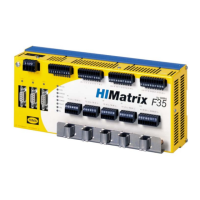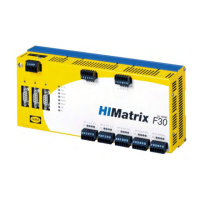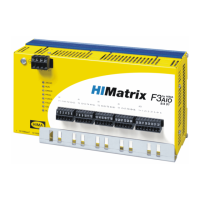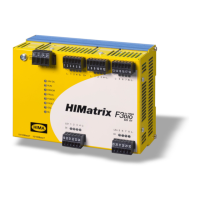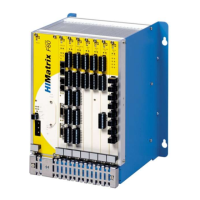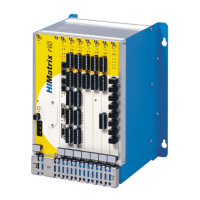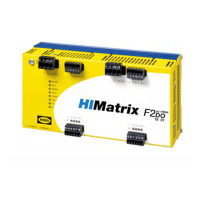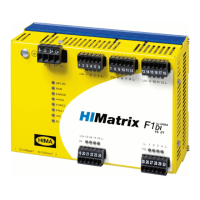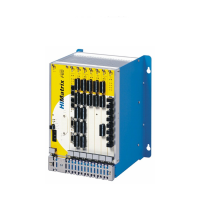Do you have a question about the HIMA HIMatrix F30 and is the answer not in the manual?
| Brand | HIMA |
|---|---|
| Model | HIMatrix F30 |
| Category | Controller |
| Language | English |
Details safety warnings, risks, consequences, and prevention measures.
Defines the conditions and principles for using HIMatrix systems safely.
Specifies the applications and safety integrity levels for HIMatrix controllers.
Explains the de-energize to trip principle design of automation devices.
Details the use of HIMatrix controllers in energize to trip principle applications.
Covers the certification and requirements for using HIMatrix in fire alarm systems.
Lists the necessary environmental conditions for operating HIMatrix systems.
Addresses response time considerations for safety-related communication.
Details precautions for handling electronic components to prevent electrostatic discharge.
Assesses potential residual risks inherent in the HIMatrix system.
Mandates adherence to local safety requirements and use of protective equipment.
Explains system behavior and actions during emergencies or device failures.
Lists various communication protocols that can be activated depending on the controller.
Introduces the safeethernet protocol and its configuration manual.
Details how the system reacts to different types of detected faults.
Details the allowed modes for a user program (RUN, Test, STOP, ERROR).
Explains the CPU cycle sequence and the multitasking feature for F*03 devices.
Describes the system's ability to process multiple user programs concurrently.
Explains the three operation modes for multitasking and their time usage.
Explains forcing capabilities and levels for newer CPU OS versions.
Describes measures to limit forcing and prevent potential faults.
Covers the procedures and requirements for installing and mounting HIMatrix controllers.
Provides instructions for mounting devices on a DIN rail and minimum clearances.
Explains requirements for earthing and shielding to ensure EMC and system integrity.
Details how to configure resources using SILworX for V7 and higher CPU OS.
Explains how to set resource properties and hardware output variables.
Guides on configuring Ethernet interfaces within the communication module.
Explains how to set user program switches and parameters in the Properties dialog.
Details connecting global variables to system variables for input/output channels.
Outlines the process for generating resource configuration code and comparing CRCs.
Details how to configure the system ID and network connection parameters.
Covers setting up and managing user access schemes for projects and controllers.
Explains how to add a PADT user management scheme for project access control.
Details controller-level user management for security against unauthorized access.
Guides on configuring communication settings for V7 and higher OS using SILworX.
Details the process of defining global variables and events for alarms and SOE.
Provides configuration options using ELOP II Factory for older CPU OS versions.
Explains how to perform initial diagnosis using LEDs and detailed analysis via PADT.
Details the recording of processor and communication system states in non-volatile memory.
Guides on accessing the diagnostic panel using the SILworX Hardware Editor.
Guides on accessing the diagnostic panel using the ELOP II Factory Hardware Management.
Details the procedure for replacing processor and communication system operating systems.
Explains how to load operating systems using SILworX for controllers with V7 or higher OS.
Explains how to load operating systems using ELOP II Factory for controllers with up to V7 OS.
